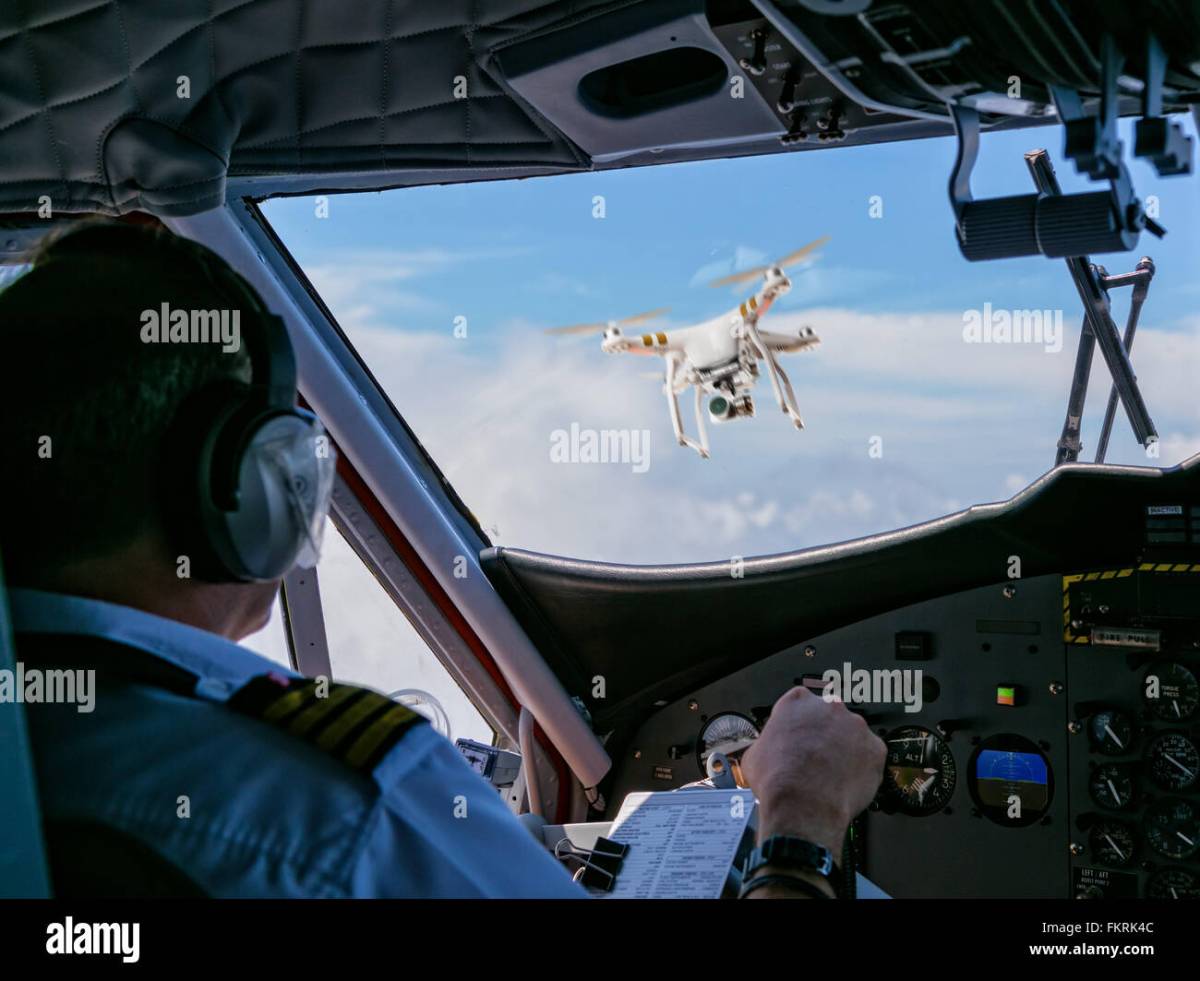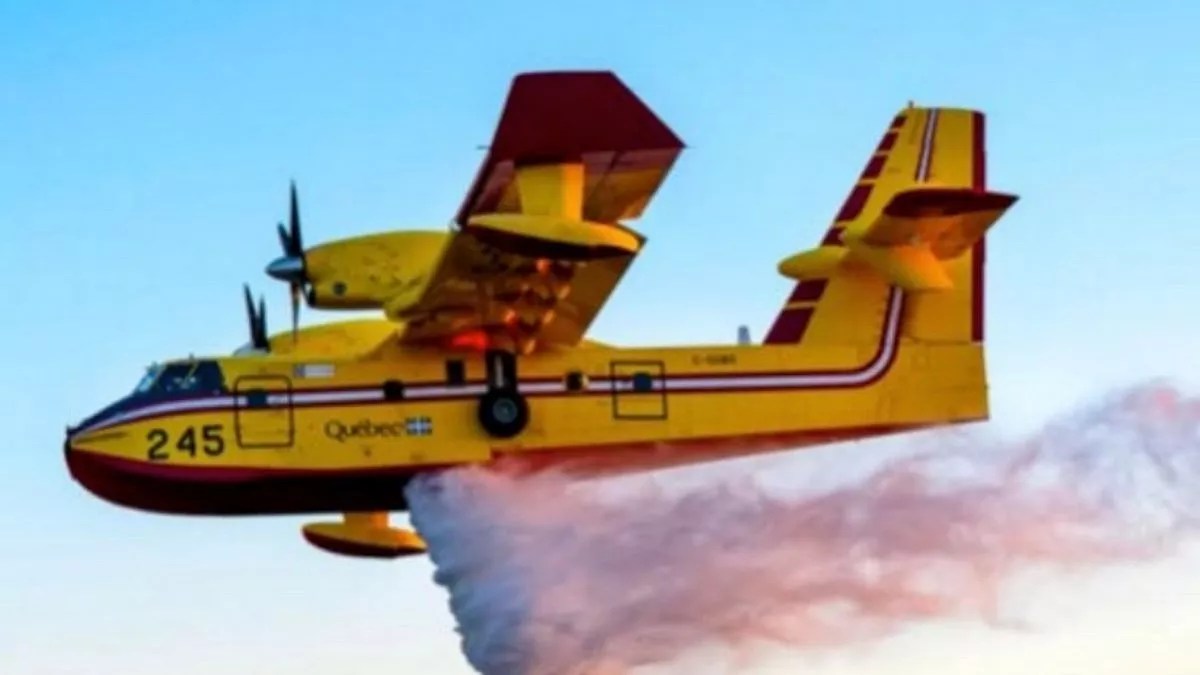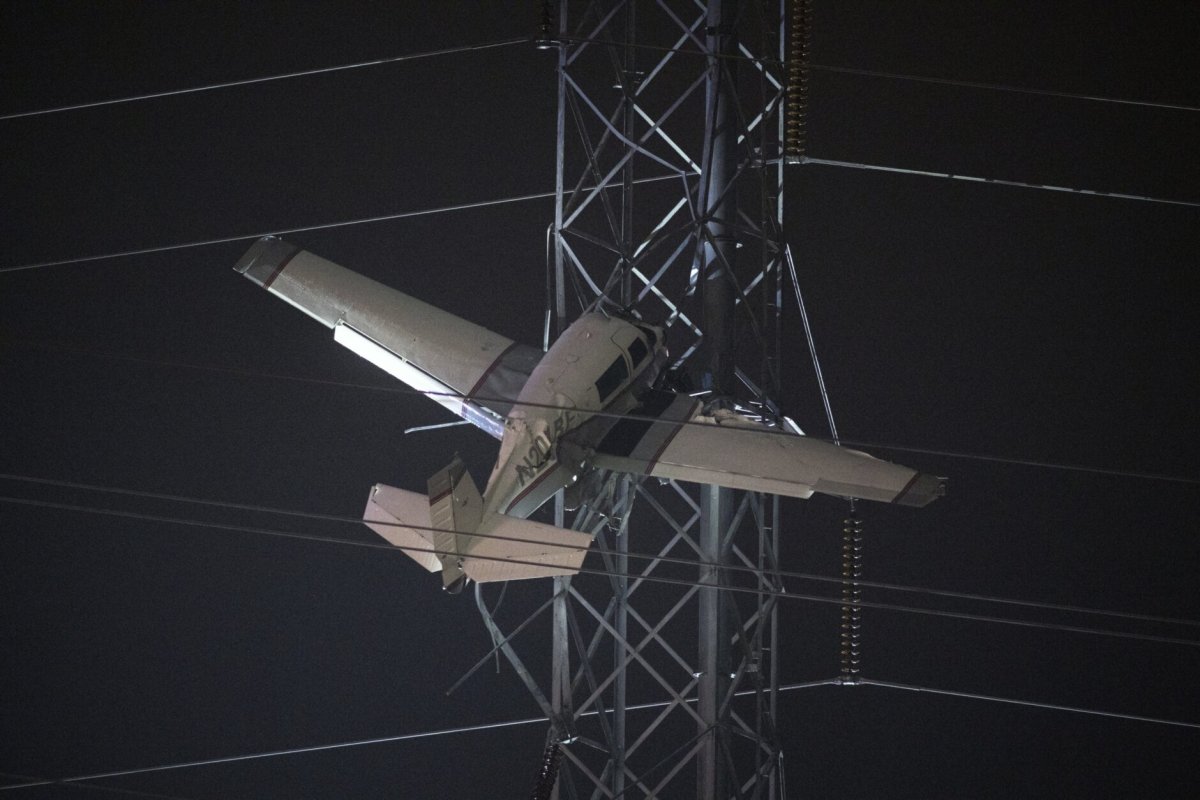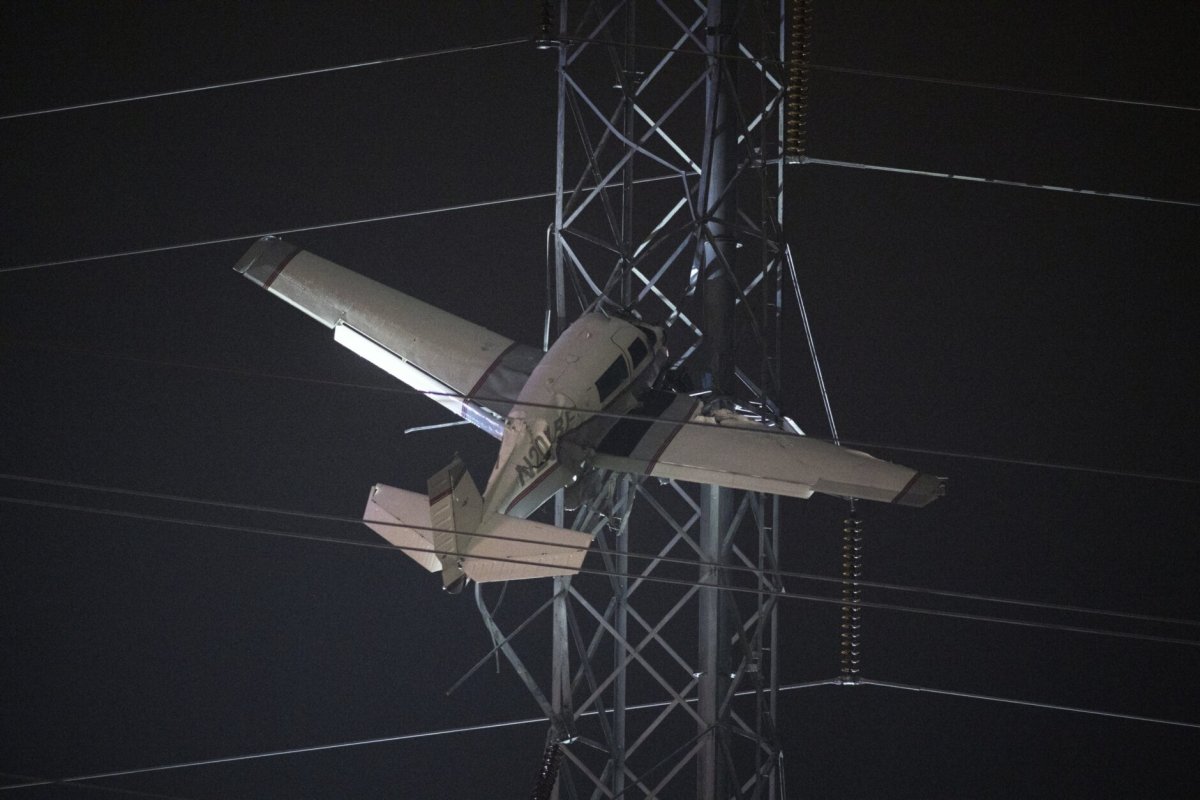Plane hit by drone – it’s a headline that’s becoming increasingly common. This isn’t just a theoretical risk anymore; drones, while offering incredible technological advancements, pose a significant and growing threat to aviation safety. We’ll explore the various ways drones impact planes, from minor damage to catastrophic consequences, examining the frequency of incidents, preventative measures, and the evolving legal landscape surrounding this dangerous intersection of technology and air travel.
This exploration will cover the different types of drone impacts, their geographical distribution, the effectiveness of current detection technologies, and the economic and societal repercussions of these incidents. We’ll delve into both the technical and legal aspects, providing a comprehensive overview of this pressing issue.
Drone Impacts on Aircraft: A Comprehensive Overview
The increasing prevalence of drones has introduced a new set of risks to aviation safety. Understanding the potential impact of drone strikes on aircraft, the frequency of such incidents, and the measures in place to mitigate these risks is crucial for ensuring the continued safety of air travel. This article explores various aspects of this complex issue, providing insights into the types of impacts, their frequency, prevention strategies, technological advancements, legal frameworks, and the broader societal and economic implications.
Types of Drone Impacts on Planes
The severity of a drone impact on an aircraft depends on several factors, including the drone’s size, speed, material composition, and the location of the impact on the aircraft.
| Impact Location | Drone Size | Drone Material | Potential Damage |
|---|---|---|---|
| Engine | Small (under 250g) | Plastic | Minor damage, potential for engine malfunction |
| Engine | Large (over 2kg) | Metal | Significant damage, potential engine failure |
| Wing | Small (under 250g) | Plastic | Minor damage to leading edge, potentially negligible |
| Wing | Large (over 2kg) | Metal | Significant damage to wing structure, compromising aerodynamic performance |
| Fuselage | Small (under 250g) | Plastic | Minor dent or scratch, unlikely to compromise structural integrity |
| Fuselage | Large (over 2kg) | Metal | Significant damage to fuselage, potentially compromising structural integrity |
Frequency and Locations of Drone-Plane Incidents

Globally, the number of reported drone-plane near misses and collisions is increasing, though precise figures are difficult to obtain due to underreporting. Incidents are more frequently reported in densely populated urban areas near airports, where drone activity is higher. Factors such as lax regulations, lack of awareness among drone operators, and insufficient drone detection technologies contribute to the frequency of incidents in certain regions.
A hypothetical geographical map illustrating the global distribution of reported incidents would use a color-coded system. Darker shades of red would indicate higher incident density, with lighter shades representing fewer incidents. A legend would clearly define the color-coding scale, correlating color intensity with the number of reported incidents per region. For example, dark red might represent over 100 incidents, while light red could indicate 10-20 incidents.
A drone hitting a plane is a serious safety concern, especially for larger aircraft. Think about the scale of damage – a small drone could easily cause significant problems to a much larger plane, like a scooper plane used for firefighting, which are already operating under high-pressure situations. The potential for further accidents caused by a damaged plane is a significant risk that needs to be addressed through better drone regulations and pilot awareness.
The map would visually demonstrate the concentration of incidents in and around major metropolitan areas and airports worldwide.
Safety Measures and Prevention Strategies

Several technologies and strategies are employed to detect and mitigate drone threats to aircraft. These include radar systems, optical sensors, and acoustic detection technologies. Preventing drone intrusions near airports involves implementing geofencing technology, establishing no-fly zones, and increasing public awareness of safe drone operation practices.
- Improved drone registration and licensing procedures.
- Enhanced drone detection systems at airports and critical infrastructure.
- Public education campaigns to raise awareness of safe drone operation practices.
- Development and implementation of robust counter-drone technologies.
- Stricter penalties for irresponsible drone operation near airports.
Technological Advancements for Drone Detection

| Technology Type | Detection Range | Accuracy | Limitations |
|---|---|---|---|
| Radar | Several kilometers | Moderate | Can be affected by weather conditions, susceptible to false positives |
| Optical | Several hundred meters | High | Limited by visibility, susceptible to environmental factors (e.g., fog, darkness) |
| Acoustic | Several hundred meters | Moderate | Can be affected by ambient noise, challenging to pinpoint drone location accurately |
AI and machine learning are significantly improving the accuracy and effectiveness of drone detection systems by enabling faster processing of data from multiple sensors and reducing false alarms.
Legal and Regulatory Frameworks
Many countries have implemented regulations governing drone operation near airports and flight paths, including restrictions on altitude, distance, and operating hours. However, enforcing these regulations and ensuring compliance remain challenging due to the ease of acquiring drones and the difficulty in tracking and identifying individual operators. Successful legal precedents involving drone-related aircraft incidents have helped establish clearer guidelines and deter reckless behavior.
International cooperation is essential to establish consistent and effective drone regulations globally, ensuring a harmonized approach to aviation safety in the face of this emerging threat.
So, a drone hitting a plane is a pretty serious deal, right? It makes you think about all the things drones can do safely, like the amazing light shows they can put on. Check out this incredible lions drone show for example; it’s a completely different story than a plane collision. But the incident highlights the need for stricter drone regulations to prevent similar accidents from happening in the future.
Economic and Societal Impacts, Plane hit by drone
Drone-plane incidents can lead to significant economic consequences, including costly aircraft repairs, flight delays, and potential loss of revenue for airlines. Such incidents also erode public trust in aviation safety and could lead to increased insurance premiums for airlines and airports. A hypothetical scenario involving a major drone-plane collision near a busy airport could result in millions of dollars in damages, widespread flight cancellations, and significant disruption to air travel, impacting tourism, commerce, and the overall economy.
End of Discussion

The increasing prevalence of drones necessitates a proactive and multi-faceted approach to mitigate the risk they pose to air travel. From improving detection technologies and strengthening regulations to educating pilots and the public, a collaborative effort is crucial to ensure the continued safety of air travel in our increasingly drone-filled skies. Ignoring this threat is not an option; understanding it is the first step towards effective solutions.
Question & Answer Hub: Plane Hit By Drone
What are the penalties for illegally flying a drone near an airport?
Penalties vary by location but can include hefty fines, jail time, and the confiscation of the drone.
How are drones detected near airports?
Airports use a variety of methods, including radar, optical sensors, and acoustic systems, often combined with AI for improved detection.
What is being done to prevent drone strikes on planes?
A drone hitting a plane is a serious safety concern, highlighting the need for responsible drone operation. Thinking about responsible energy use? Check out the available energy efficiency rebates ontario to help lower your carbon footprint and maybe even fund some drone-safety training! Reducing energy waste is crucial, just like ensuring safe airspace for planes to avoid drone collisions.
Efforts include technological advancements in detection, improved regulations, pilot training, and public awareness campaigns.
Can a small drone really cause significant damage to a plane?
Even small drones can cause significant damage, especially if they strike critical areas like an engine or cockpit at high speed. The impact depends on the drone’s size, speed, and material.
